Basic Usage
The SDK provides two distinct methods for different use cases:Event-Driven Conversational Method: chat.send()
Use client.chat.send() for chat applications with automatic conversation management and event-driven responses:
Direct API Method: chat.completions()
Use client.chat.completions() for direct API calls with manual control:
Configuration Options
Chat Configuration
When initializing the client, you can configure default chat settings:Request Parameters
You can override defaults on a per-request basis:Chat History Management
Conversation history is automatically managed whenhistorySize is configured:
Message Format
Messages follow a structured format:Event-Driven Responses
When usingclient.chat.send(), you can listen for events:
Error Handling
Handle errors gracefully with specific error types:Best Practices
When to Use Each Method
Usechat.send() when:
- Building conversational chat interfaces
- You want automatic conversation history management
- You need event-driven, real-time UI updates
- You want automatic image generation and management
- You prefer conversational turns with natural delays
- Building simple chat applications
chat.completions() when:
- You need direct API responses (await pattern)
- Building non-conversational AI features (analysis, generation, etc.)
- You want manual control over message arrays and history
- You need streaming with custom chunk processing
- You want to handle image prompts with your own generation service
- Integrating with existing systems that expect synchronous responses
Configuration Tips
API Parameters:- Use
temperature0.7-0.9 for creative responses, 0.1-0.3 for factual responses - Set
top_kto 20-40 for focused responses, higher for more diversity - Use
repetition_penalty1.1-1.2 to reduce repetition - Keep
complianceenabled (true) in production for content safety - Adjust
max_tokensbased on your use case (default: 150)
- Set
historySizeto 10-30 for most conversational applications - Use
reasoning: truefor debugging or transparency (extracts<think>blocks) - Enable
check_image_generationso AI analyzes its responses and createsimage_promptwhen images are requested or desired - Use
autoTurnfor natural conversation flow with realistic delays
